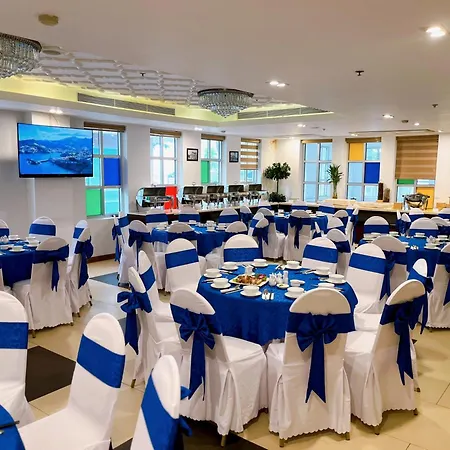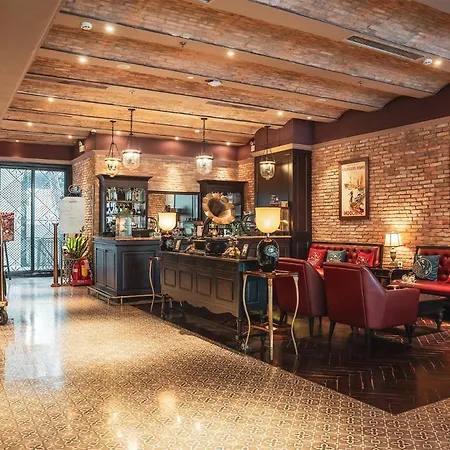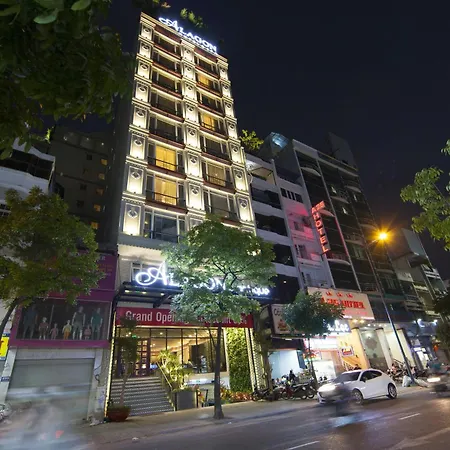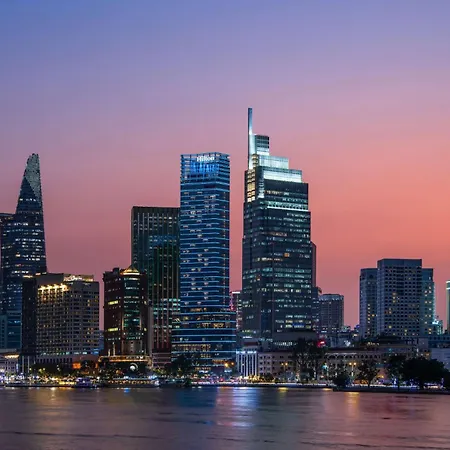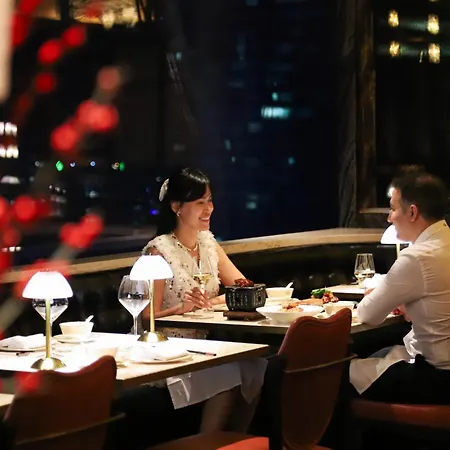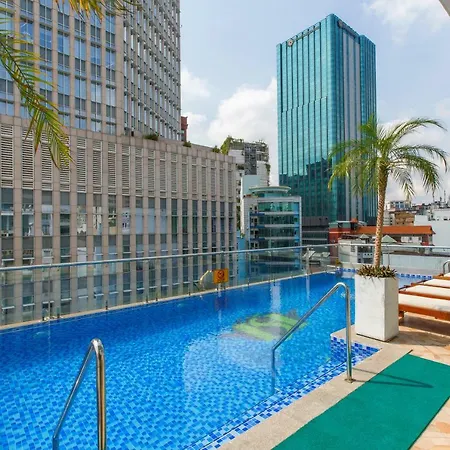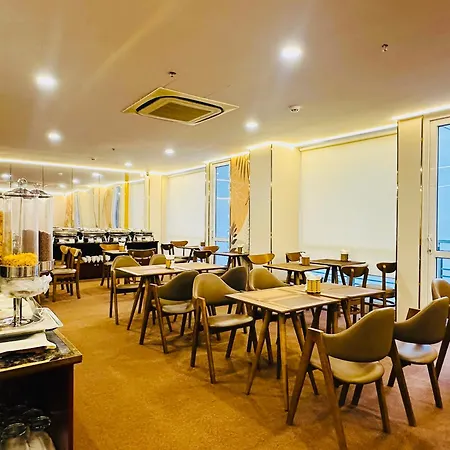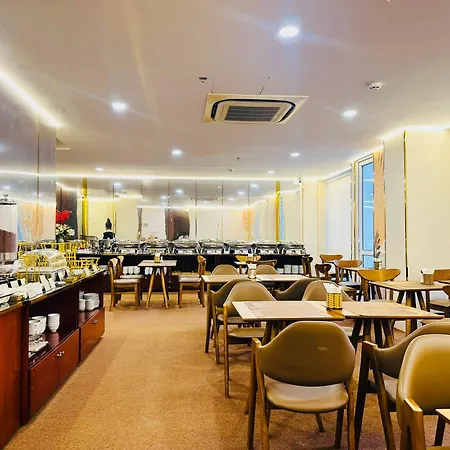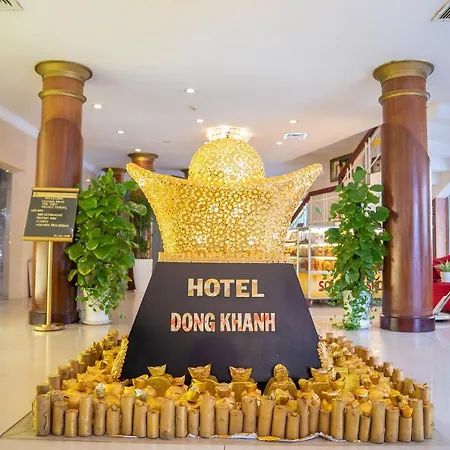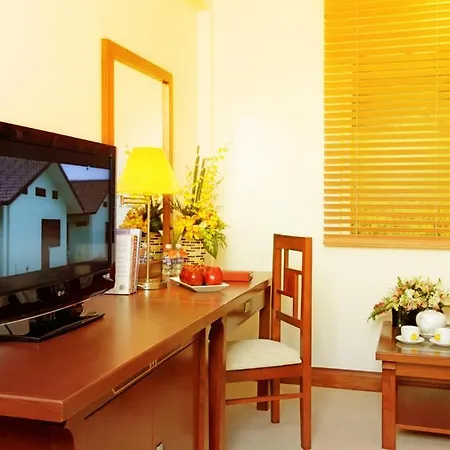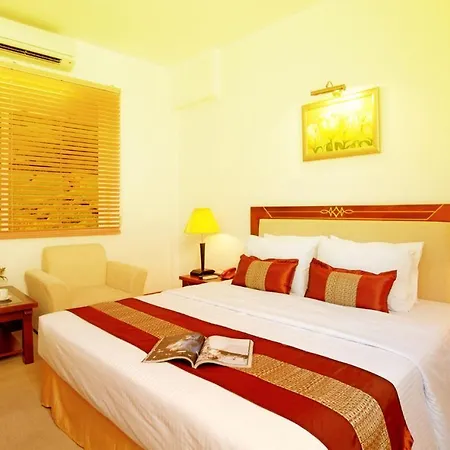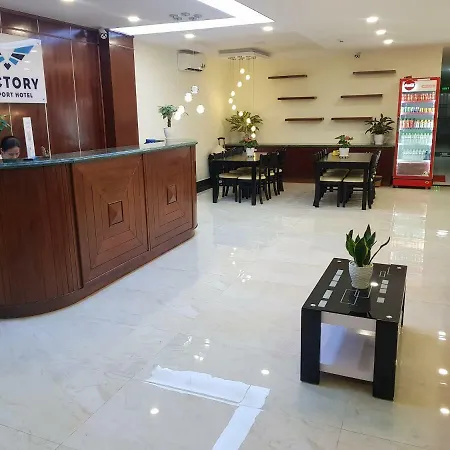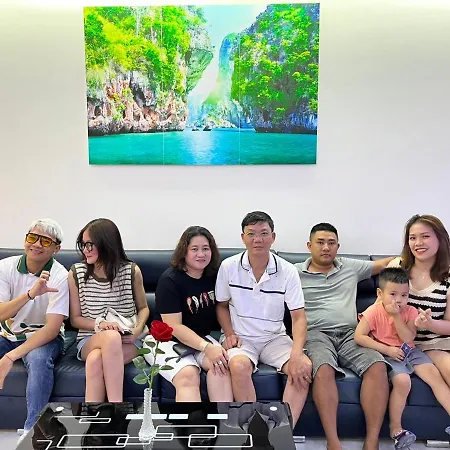War Remnants Museum
Check Availability
War Remnants Museum
Unravel the stark realities of war at the War Remnants Museum, located at 28 Vo Van Tan, District 3, Saigon. This museum serves as a prominent resource for understanding the Vietnam War and its aftermath.
Founded in 1975, initially known as the Museum of Chinese and American War Crimes, it aims to preserve the history of war crimes and their repercussions on Vietnam. The museum houses over 20,000 artifacts, including extensive collections of photographs, military equipment, and documents. Its architecture reflects a mix of historical and contemporary influences, serving as a backdrop to the somber exhibits.
Memorable Experiences
- Powerful Exhibits 📸: Engage with harrowing imagery and narratives illustrating the impact of the Vietnam War on civilians.
- Outdoor Displays 🚜: Explore a collection of military vehicles and artillery pieces historical to the conflict.
- Requiem Exhibition 📷: View the poignant works of war photographers who lost their lives during the conflict.
Entry is free, making it accessible for tourists, families, and historians interested in learning about the impact of war on society.
Interesting Facts about Natural History Museum War Remnants Museum
Over 15 Million Visitors
The museum has welcomed over 15 million visitors since its opening, showcasing its significance in cultural tourism.
Diverse Artifacts
The collection includes more than 1,500 important documents and various thematic exhibitions displayed.
International Recognition
The museum is a member of the International Council of Museums (ICOM), indicating its global importance.
Location
Stay Near War Remnants Museum Best Hotels
Address
View map28 Vo Van Tan Ward 6
Opening Hours
Friday:
7:30 AM–6:00 PM
Monday:
7:30 AM–6:00 PM
Saturday:
7:30 AM–6:00 PM
Sunday:
7:30 AM–6:00 PM
Thursday:
7:30 AM–6:00 PM
Tuesday:
7:30 AM–6:00 PM
Wednesday:
7:30 AM–6:00 PM
Contact Information
Price
Free. Some special exhibitions may require a paid ticket.
Average Visit Duration
Duration: More than 2 hours.
Best Time to Visit
Weekday mornings (8:00 AM–10:00 AM) are ideal for fewer crowds.

